Microsoft in 2023: year in review
AI for the win, Surface not so much...
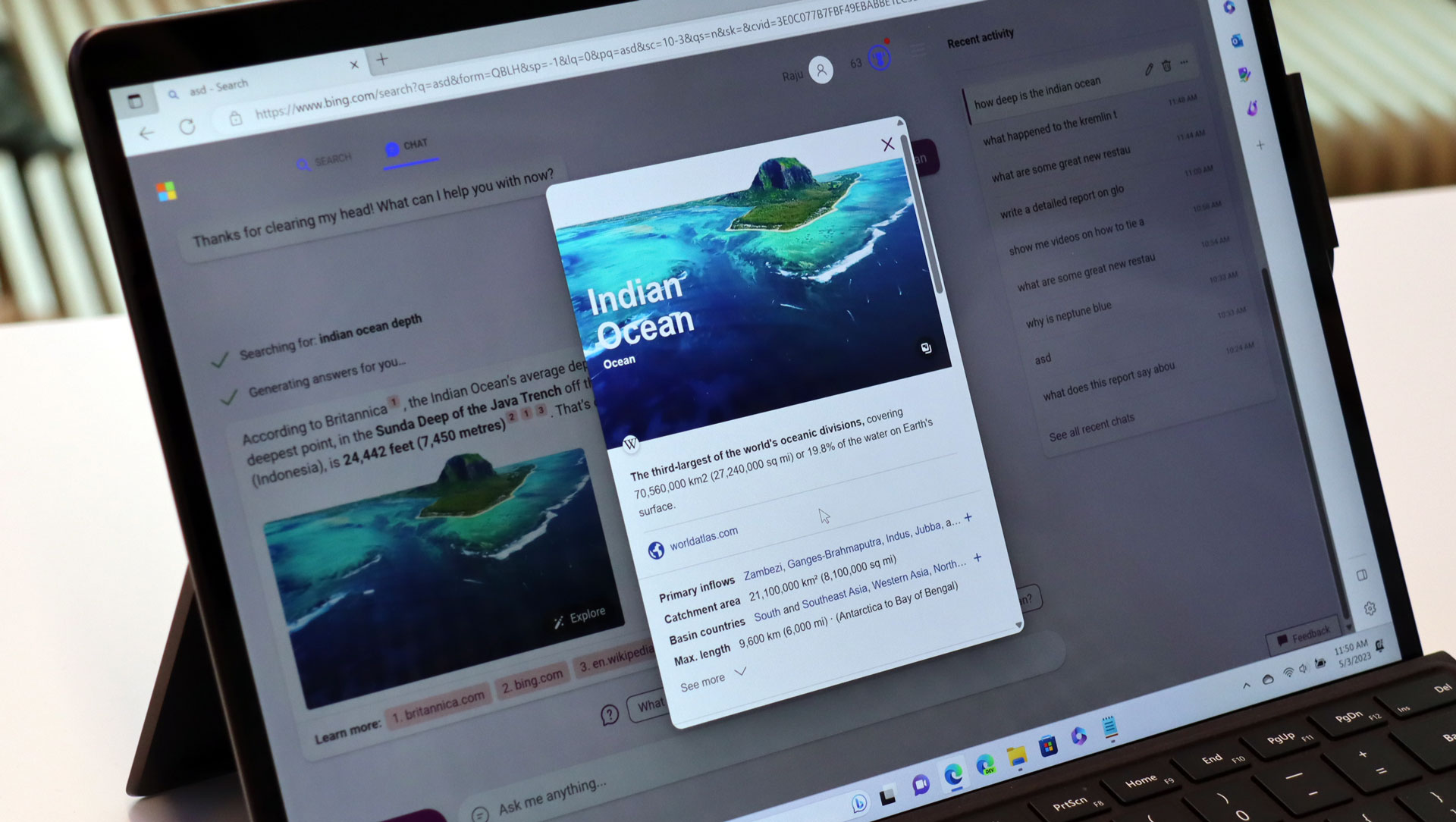
Microsoft’s year has been clearly dominated by one major topic – and that’s AI. Although that’s true of a fair few tech companies, of course, seeing as in 2023, artificial intelligence became a massive juggernaut pretty much everyone jumped aboard.
We witnessed the creation of Bing AI, and then its incorporation in Windows 11 as Copilot, a desktop-based AI assistant, plus much more besides. So, let’s dive in and evaluate the year Microsoft has had, and whether it’s been a productive and successful period for the tech giant.

Bing me the horizon
Any discussion of Microsoft’s 2023 should surely start with the progress the company made on the AI front, where it veritably forged ahead through the year, making it clear that the firm is putting a whole lot of eggs in this particular basket for the future.
This all kicked off right back at the start of the year, when in January, Microsoft invested a whopping $10 billion in OpenAI, the maker of ChatGPT.
It was no surprise when Microsoft subsequently launched its Bing AI in February with that artificial intelligence built around ChatGPT.
There was an avalanche of interest in the new Bing chatbot (which was later renamed to Copilot – but not until the end of the year, and for clarity’s sake, we’ll refer to the web-based chatbot as Bing AI here, to help differentiate from Copilot in Windows). Despite early controversies with the ChatGPT-powered AI bot – involving hallucinations and other oddness – Microsoft quickly established a lead over its rival Google Bard.
Since then, Microsoft has improved its AI and bolted on extra features at a fair old rate of knots. Bing AI was quickly updated to run GPT-4 when OpenAI released that new version of its LLM (large language model), and it made big strides forward in terms of image creation (which is now extremely impressive) for example, and many other areas besides.
Sign up for breaking news, reviews, opinion, top tech deals, and more.
While Google’s Bard has been perceived as catching up to Bing AI somewhat, Microsoft has kept development going at a swift pace.
AI obviously became a super-hot ticket in 2023, but if anything illustrates the weight it now carries at Microsoft, it’s a switch in attitude with Windows 10.
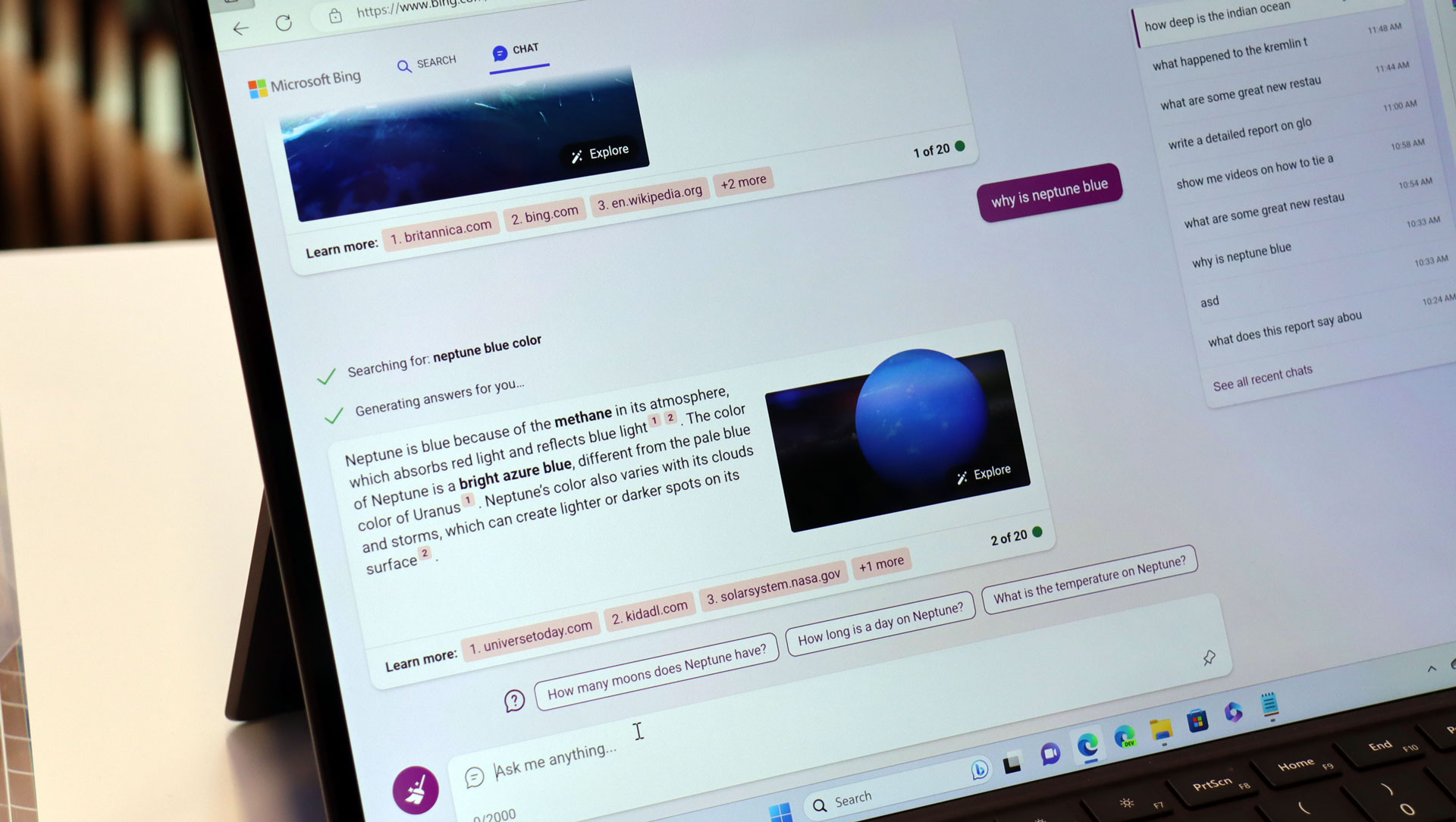
If you recall, with the launch of the Bing chatbot, it felt very much like Microsoft’s hope was that the AI could be used to drive its other services forwards. For example, that Bing AI would mean more traffic for Bing.com search, propelling the latter forwards in the battle against Google’s search engine (this did not work out, by the way).
Or that putting the AI into Windows 11 – in a more extensive form, as the Copilot assistant, as happened in September – would perhaps help to persuade people to upgrade from Windows 10. Basically, using it as a major carrot, a huge new feature, to tempt folks.
Well, if that ever was the idea, it was turned on its head as 2023 rolled to a close, and in November, Microsoft announced it was bringing Copilot to Windows 10. Remember, this happened after Microsoft saying earlier in the year that Windows 10 was effectively on life support, feature-wise, and would only get minor tweaks if anything at all. And Copilot, well – you couldn’t get a more major change.
What this illustrates for us – and it is just our theory, mind – is how absolutely crucial AI is to Microsoft now. Initially, it may have been partly seen as a vehicle to get people to use Bing.com search, or migrate to Windows 11, and so forth – but now, it’s the other way around. More Windows users are needed to bolster AI usage numbers, in other words, hence bringing Copilot to the billion-strong ranks of Windows 10’s userbase – after Microsoft said the older OS would get no meaningful additions.
As November rolled to a close, Microsoft almost made another big move on the AI front. By which we mean for a very brief period, Microsoft was going to sign up Sam Altman after he was ousted as CEO of OpenAI, but in the end he returned to the company after OpenAI’s board quickly reversed course.
What’s interesting is that Satya Nadella tried to draft Altman on board to head up a ‘new advanced AI research firm’ at Microsoft as soon as Altman (temporarily) parted ways with OpenAI, again showing how laser-focused and serious Microsoft is in terms of pushing with AI (if you needed any more evidence).
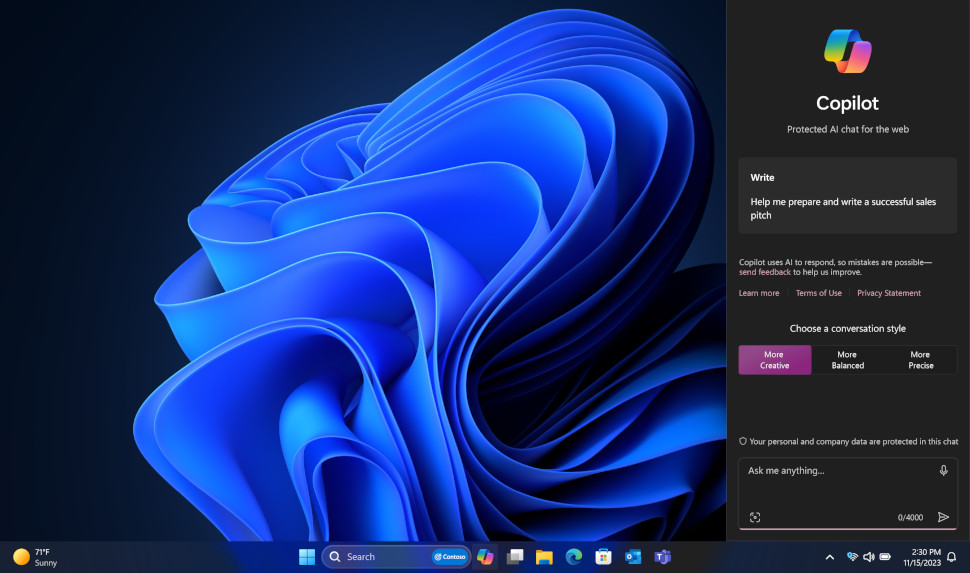
Windows 11: Cleared for AI take-off
So what went down with Microsoft’s desktop OS this year? As we’ve just mentioned, the biggest introduction for Windows 11 was the Copilot AI – although to a large extent, this feature is more about what’s coming down the line, than what we’ve actually got in the operating system right now.
Microsoft has promised that Copilot will eventually become a powerful AI assistant with the ability to change multiple Windows settings in one fell swoop, allowing for users to request something simple (‘I want to focus and be more productive’) and bringing in options and features to help with that. It’ll have plug-ins to expand its functionality considerably, and achieve tasks such as implementing a load of tweaks to make the PC run faster, for example.
However, right now, Copilot remains a glorified version of the Bing chatbot that sits in a side-panel on the desktop, with little in the way of these far-reaching Windows-altering powers. It holds a ton of promise, for sure, but so far, the reality is a little underwhelming.
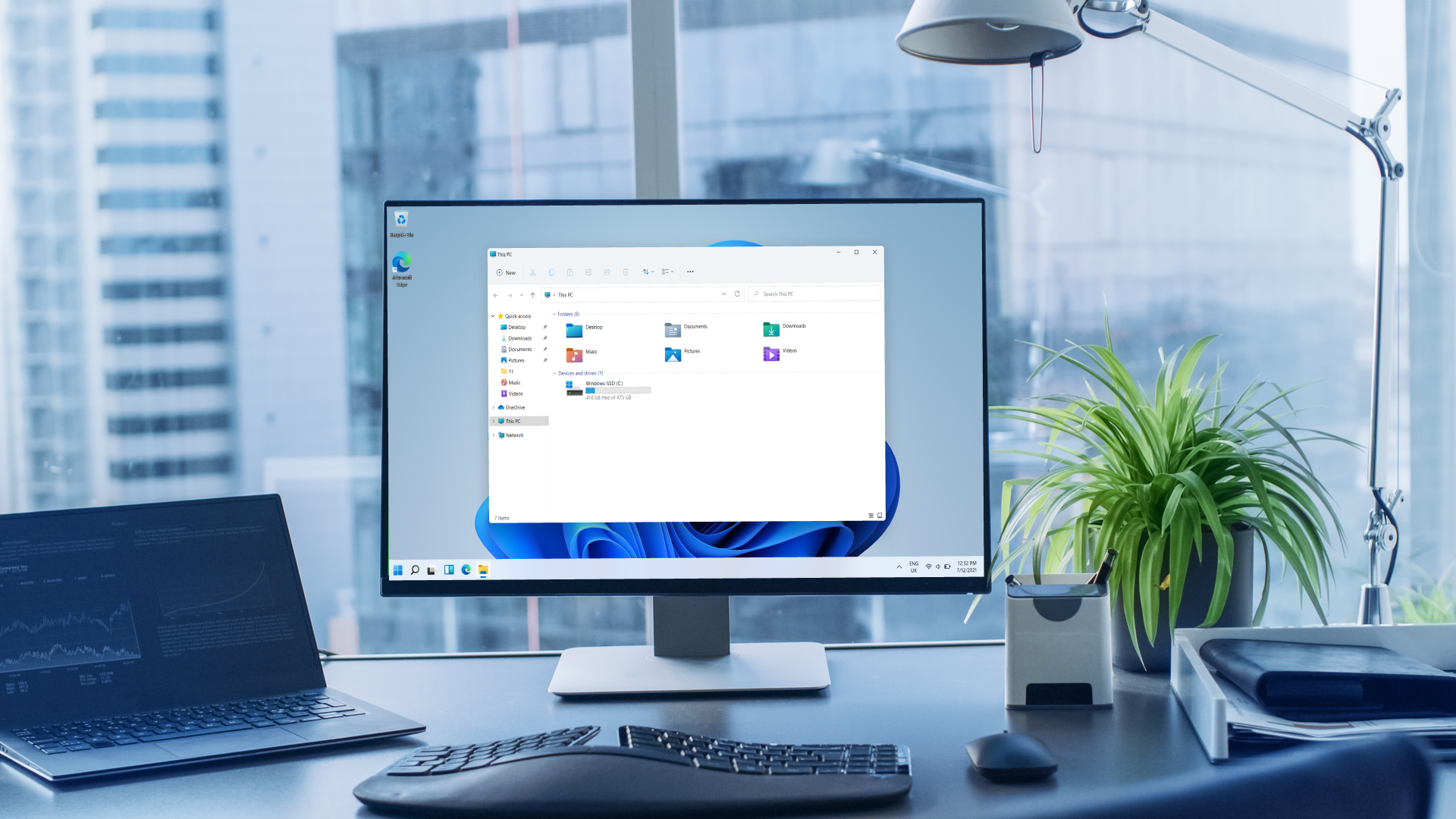
Windows 11: Streamlining and unwelcome suggestions
Aside from the AI assistant, another angle Microsoft worked with Windows 11 was streamlining the OS throughout the year. We witnessed a number of welcome initiatives to cut back on the bloat, including getting rid of some redundant bits of the interface and system apps, as well as allowing the user to uninstall some of the default apps in Windows 11.
This was a bit of a theme on a more general level, too, when you consider that with its Edge browser, Microsoft started pruning features rather than chucking more in the pot – realizing the danger of bloating the client. Furthermore, we saw an intent to streamline Windows 11 for use in gaming handhelds (like the Asus ROG Ally) with a new ‘compact mode’ for the interface of the Xbox app, which is perhaps the first step on the road to the rumored ‘handheld mode’ that may eventually be realized.
It’s also worth noting that some much-wanted features arrived in Windows 11 this year – for example, the option to ‘never combine’ apps on the taskbar.
Sadly, what was unwelcome with Windows 11 this year was an increased focused on jamming thinly-veiled ads into the interface here and there. Microsoft calls this ‘badging’ and couches some of this as offering recommendations, but the line between trying to help the user with suggestions, and pushing its own services with what are effectively ads, is a very thin and blurry one. We also saw further efforts to constantly push Edge on Windows users, too (a familiar story).
What really put some noses out of joint, though, is the revelation towards the end of 2023 that Microsoft will give European users the ability to actually ditch Edge from Windows 11, and banish Bing from the taskbar search box, among other useful customization options – but these have come in purely because of regulations in the European Economic Area. Windows 11 users in the US or other regions won’t get the benefit, which seems very unfair.
Windows 11 bugs continued to frustrate throughout the year, too, and there were some particularly stubborn flaws that took a lot of time to cure, sapping the patience of those affected. We’re thinking primarily about the SSD slowdown debacle.
Windows 11 adoption still struggled throughout 2023 and some of these issues will need to be tackled, we feel, if that situation is to change. Then again, with Windows 10 having under two years of support left now, maybe Microsoft has got to the point where it’ll just wait things out. (As noted, having Copilot as a central lure for persuading Windows 10 users to upgrade has gone out of the, er, window, after all).
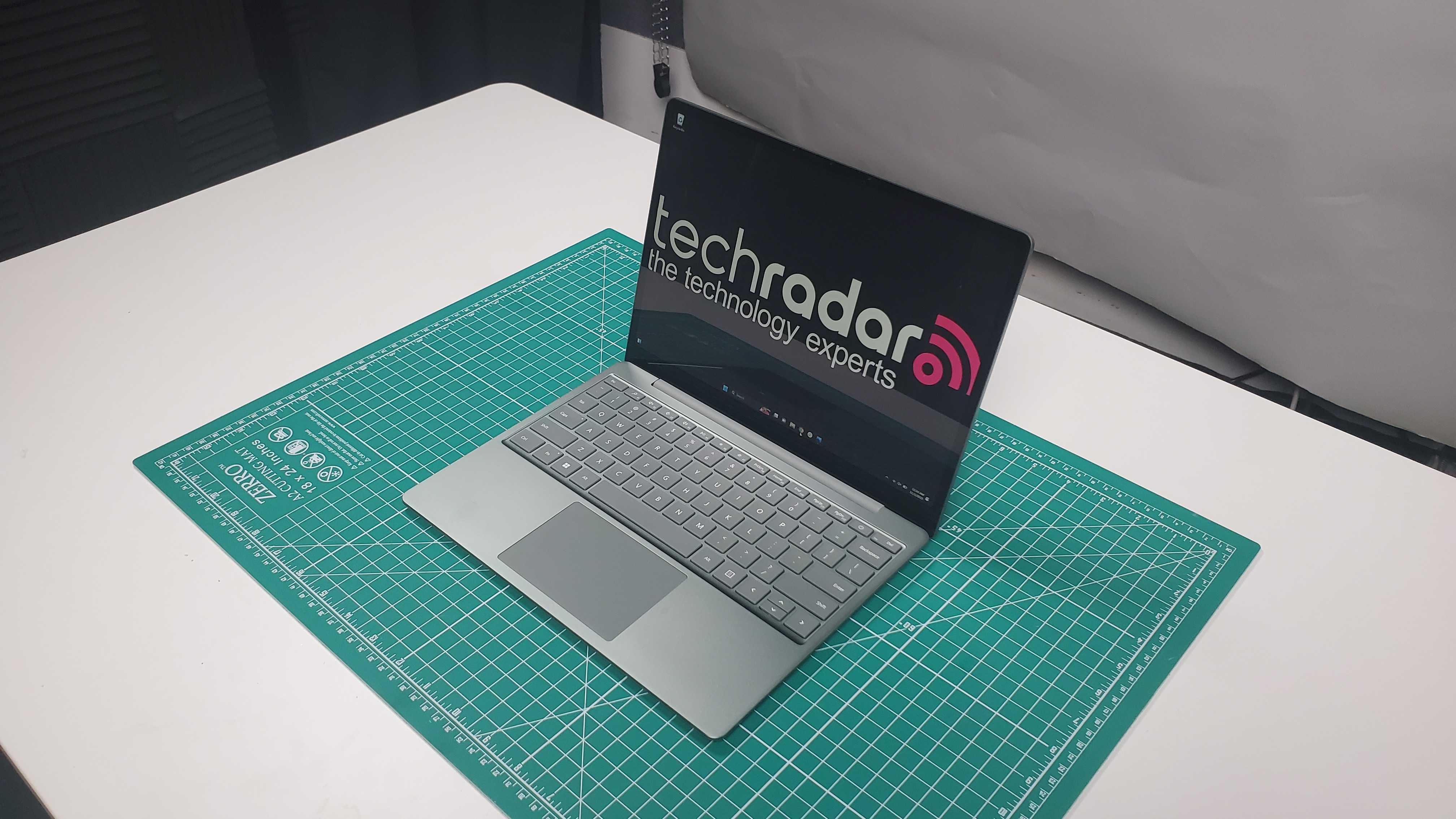
Paper-thin Surface refreshes
As ever, Microsoft had its annual batch of Surface devices, but for this year, the launches were much more lowkey. We saw the revelation of the Surface Laptop Go 3 and Surface Laptop Studio 2 in September (as well as the Surface Go 4 – but that’s a device Microsoft is targeting at businesses specifically).
The Surface Laptop Go 3 is a nice piece of hardware, but is let down by the unjustified price hikes applied considering the upgrades bestowed on the notebook. As for the Surface Laptop Studio 2, that has a lot going for it in terms of a heavyweight laptop, but again, it’s seriously pricey.
Overall, Microsoft had a quiet and rather underwhelming year on the hardware front, and there was no sign of what people wanted to see – the Surface Pro 10.
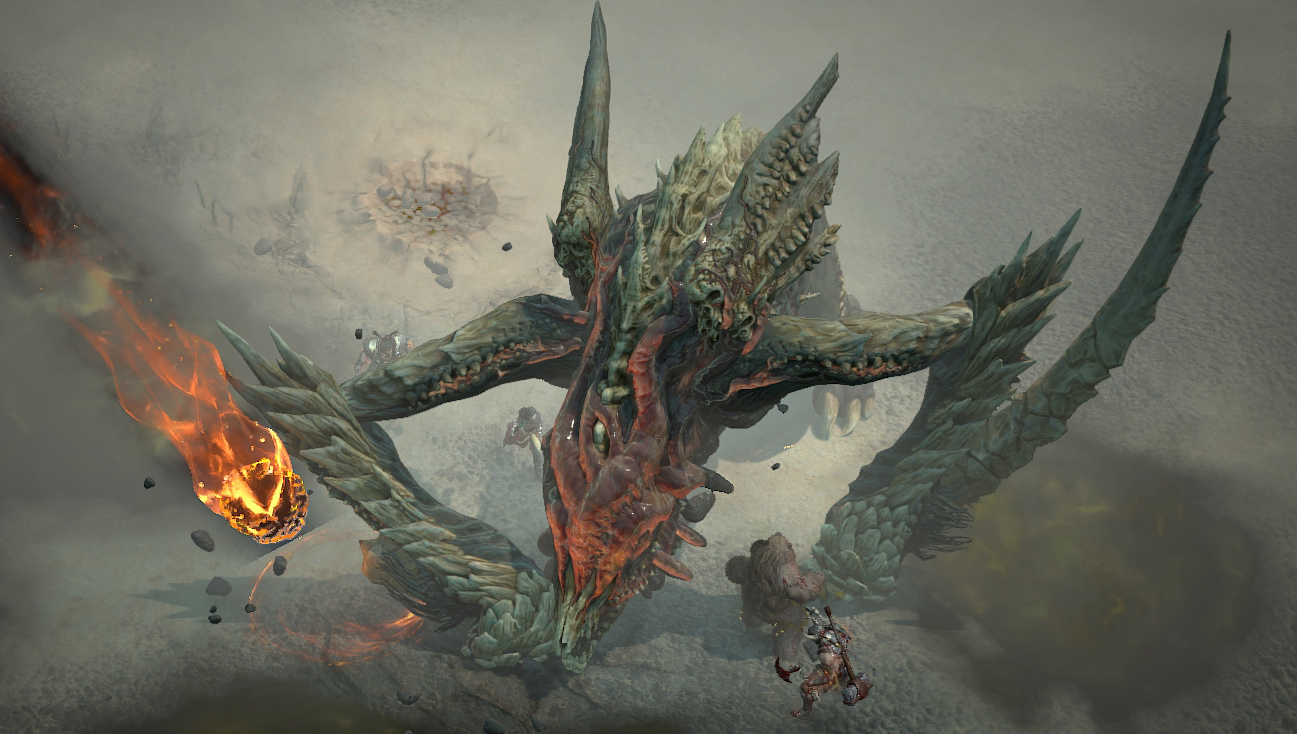
Finally finalizing that Activision Blizzard buyout
This was the year that, after a whole lot of preamble – and fretting on Satya Nadella’s part, no doubt – Microsoft sealed the deal and finally acquired Activision Blizzard in October, with a whole heap of regulatory hurdles cleared.
At one point, it looked like the buyout wasn’t going to happen after all, but with some compromises from Microsoft on the cloud gaming front, the acquisition was finally greenlit. A mere 20 months after the buyout was first announced, so it only took very nearly two years to go through.
Whether this will be a good thing for the broader gaming industry, or not, is what we’ll be finding out next year.

Concluding thoughts
There have been some difficult patches for Microsoft in 2023, not the least of which was starting the year by shedding some 10,000 jobs (about 5% of the workforce). Not a great foot to get off on.
It was also a quiet year for hardware, and there was an unusually thin line-up of new Surface machines, with all the noise – a deafening volume of it – being around AI.
Still, despite the undeniable resources and huge push behind artificial intelligence, there’s still a lot of work to be done here.
Copilot in Windows must be fully realized into the vision of the all-singing-and-dancing AI we were presented with when Microsoft first talked enthusiastically about the desktop-based assistant. You know, the AI puppeteer pulling the strings of Windows settings and applying multiple tweaks in unison at the user’s bidding to make the OS so much easier to use.
Right now, Copilot isn’t even a quarter baked compared to that future vision, and if it takes too long in the oven, the danger is perhaps that it’ll be labeled with a reputation that drags it down (who said “Clippy” at the back?) and leaves folks reaching for the off switch.
Is there any real danger of that happening, though? Probably not the way things look, with Microsoft clearly focusing heavily on AI now – and what’s interesting is the way the overall thrust of the company’s drive seems to have shifted more towards software and away from hardware.
With Surface products cast off to the sidelines in 2023, and a massive push with AI and getting it into Windows (11 and 10), Microsoft seems to have the resources allocated to follow through and make Copilot something successful – at least in theory, anyway. 2024 is going to be a very interesting year to watch unfold, that’s for sure, especially if Windows 12 arrives next year as rumored – perhaps that OS will be where Copilot really spreads its wings.
Darren is a freelancer writing news and features for TechRadar (and occasionally T3) across a broad range of computing topics including CPUs, GPUs, various other hardware, VPNs, antivirus and more. He has written about tech for the best part of three decades, and writes books in his spare time (his debut novel - 'I Know What You Did Last Supper' - was published by Hachette UK in 2013).